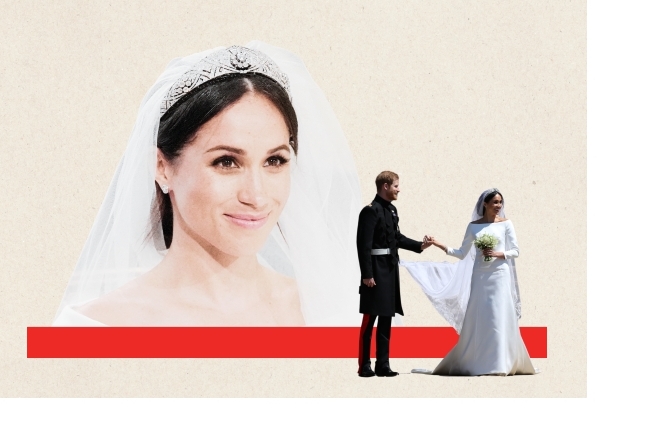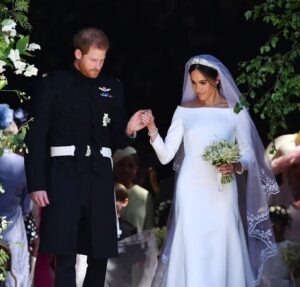CELEBRITY
How Meghan Markle’s Wedding Dress Was an Act of Royal Rebellion

When Meghan Markle arrived at St. George’s Chapel at Windsor Castle, Berkshire, England, on May 19, 2018 to marry Prince Harry, the world caught a glimpse of one of the most highly anticipated fashion choices of the decade. It put an end to months of speculation as to which designer would make the all-important wedding dress.
Royal wedding dresses hold a special place in fashion history, with most influencing bridal trends in some way and high-profile examples finding their way into museum collections, being preserved and protected against the ravages of time.
In Britain, modern royal weddings are based upon a historic framework of traditions, most of which can be traced back to the monarchy’s dominating matriarch, Queen Victoria.
Fiercely patriotic and with a keen knowledge of how royal star power can boost domestic industry, throughout her reign, the queen near-exclusively wore British-made clothing. When it came time to order her bridal dress in 1840, Victoria did not deviate from this.













